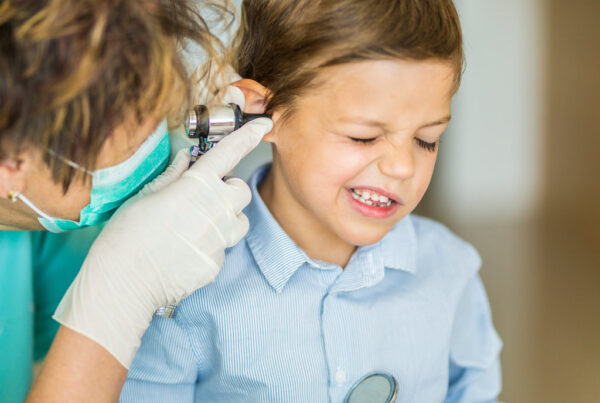For individuals suffering from Temporomandibular Joint Disorder (TMJ), the most basic daily functions can cause pain. The popping sound the jaw makes for people suffering from TMJ can be audible in addition to uncomfortable. TMJ often leads to pain, lockjaw and constant discomfort. While most people suffering from TMJ turn to a dentist or doctor for relief, it’s possible to help realign the jaw with the help of chiropractic adjustments.
Causes of TMJ
- Injury to the joint
- Overuse due to excessive chewing
- Habitual clenching or teeth grinding
- Orthodontics
- Excessive nail biting
- Degenerative joint disease
TMJ disorder is very common. The biggest symptoms include, pain and discomfort in your jaw, difficulty chewing, dizziness, headache, earache, neck and shoulder pain and more.
Chiropractic Adjustments for TMJ
You may be wondering, how can chiropractic adjustments for TMJ help relieve my pain and cause a difference in my disorder? Chiropractic adjustments for TMJ can help ease pain by correcting the misalignment between the spine and nervous system. Chiropractic for TMJ can be used alone, or as a complement to other treatments.
- Relaxes the muscles
- Adjusts the joint
- Uses specific trigger points to reposition the jaw
Through high-frequency, low-impact chiropractic adjustments, patients with TMJ can see improvement in the distance they can open their jaws and a decrease in pain. Many patients who’ve been treated for TMJ with chiropractic adjustments report relief and satisfaction.
Chiropractic treatment helps relieve pain in the short term and prevent TMJ pain from returning. Chiropractic adjustments for TMJ focus on relieving tension in the muscles around the joints using massage and trigger point therapy. Chiropractors can manipulate trigger points to relieve the pain associated with them, which is common in treating TMJ.
Adjustments to the jaw joint are done by hand when treating TMJ with chiropractic care. This technique causes a tiny stretch inside the joint to release any fibrous attachments made by the body due to previous trauma. TMJ caused by misalignment in the neck and upper back can find relief from spinal joint adjustments in these areas. Chiropractors can also use massage to minimize stress put on the jaw so other adjustments can be more effective.
By employing these treatments, motion of the jaw joint, ear pain, jaw locking, headaches and neck pain can be reduced. By treating the cause of the pain and discomfort associated with TMJ, chiropractic care can help reduce symptom, which makes for a happier and less painful life. In addition to regular chiropractic treatment for TMJ, the chiropractor may also give you home exercises to strengthen the joint and muscles surrounding it.
Chiropractic adjustments for TMJ may be the solution you’re looking for to stop the pop and relieve the pain associated with the disorder. Contact Pangea Chiropractic for more information about chiropractic adjustments for TMJ treatment.


